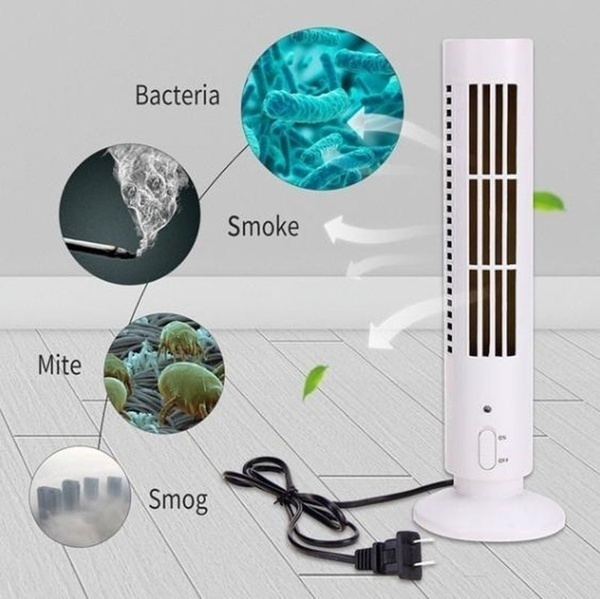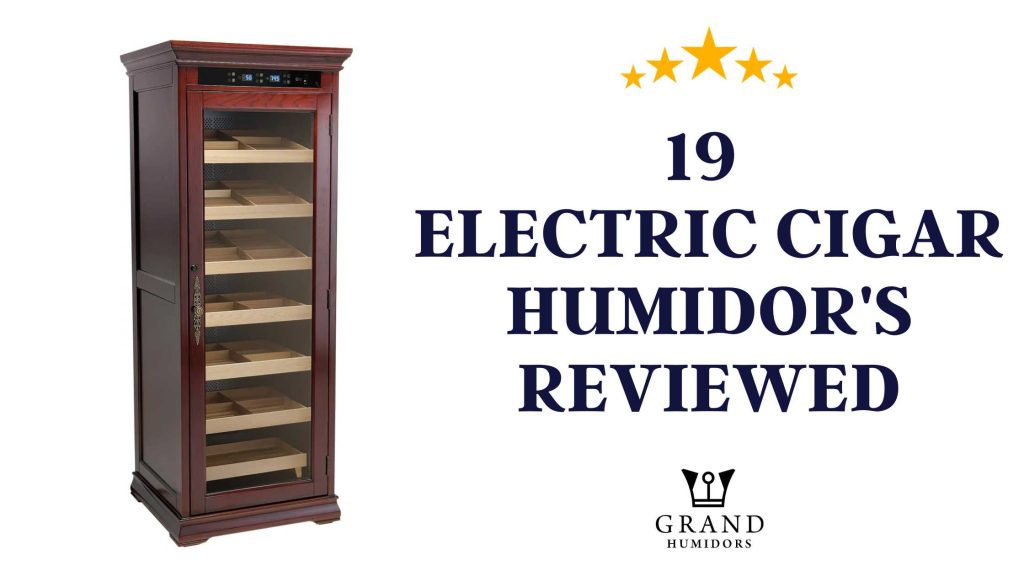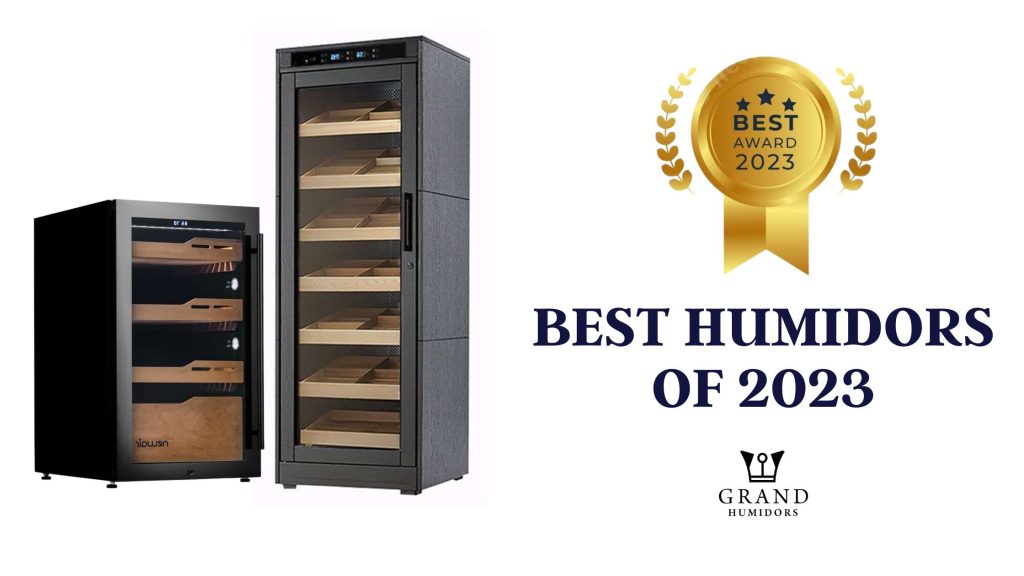Air purifier’s, to put it simply, clean the air. They remove contaminating particles in the air such as dust, smoke, bad smells, and bacteria. Air purifiers also are used to clear allergies and are commonly used by asthma patients. In this day and age, they can also prevent the spread of a virus.
Air purifiers are available in different models and styles and with different functions. Some air purifiers can remove specific contamination whereas, some of them can also remove viruses and bacterias. It depends on the model and techniques used in the purifiers. An air purifier contains filters and fans. The fan works by circulating the air after the bad elements have been filtered out. So there is an element of choice involved for an air purifier.
Good purifiers would be a long term investment for you. That’s why before buying an air purifier, you should know the following things:
Here is what to consider when considering an Air Purifier
- How does an Air Purifier work?
- What is the Functionality of an Air Purifier?
- What size Air Purifier do you need?
- Choose between the different types of Air Purifier
- What are your requirements?
- Check the noise level of the Air Purifier
- What is your Budget?
- Is an Air Purifier worth buying?
- Best place to keep an air purifier
- What maintenance is involved?
1. How does an Air Purifier work?
An air purifier works on different technologies, but the functionality remains the same. It removes contaminants from a room and improves air quality. The purifier eliminates dust particles, smells, smoke, bacteria, and viruses. It traps the contaminants. It works in two ways; the inactive way, the purifier settles downs the dust particle or germs by releasing negative ions. Or, it collects all the particles on the filter and keeps them. The user can replace the filters. The time of changing filters depends on the model of air purifier.

2. What is the functionality of an Air Purifier?
Automatic mode and sensors: Sensors used in air purifiers control speed. The sensor senses the number of pollutants in the air. It sets the fan’s speed and power to filter the air. The user can set the air purifier on automatic mode and it starts working itself.
Air purifier timer: The air purifier can turn off and turn on by setting the timer. If the user is going away for a long time and wants to come back to clean air, the timer will help. You can switch the air purifier on and off with your mobile using an application.
Night mode: When the night mode of the purifier activates, it switches on a dim light. In night mode, the purifier doesn’t produce any noise. It helps you to sleep peacefully in quiet and clean air.
Smart air purifier: Smart air purifiers are used with the help of a smartphone. A mobile application guides the user on the functions of the purifier, air quality, and the filtration level. A mobile phone can control the working of the device.
3. What size Air Purifier do you need?
There are many sizes of air purifiers with different ranges of coverage available in the market. Some common types in term of size are:
Table Air Purifiers: Table air purifiers are small. These air purifiers have less power and functionalities, as compared to the big air purifiers. They are kept on a desk or table. The price of table air purifiers is very affordable.
Tower Air Purifiers: Tower air purifiers are big and look like a cylinder. They can work in big spaces. These air purifiers include advanced features to clean air. Tower air purifiers can come in different shapes.
Portable Air Purifiers: As the name suggests, these air purifiers can be moved easily. They are also available in medium and large sizes. These purifiers work effectively to clean big spaces.
Oscillating air purifiers: Oscillating air purifiers are fixed at a specific place and rotate to clean the air. They can used in both small and big spaces.
4. Choose between the different types of Air Purifiers
HEPA Technology: HEPA (High-Efficiency Particulate Air) is the most common technology used in air purifiers. It is an effective way to trap the polluted particles. HEPA filters can catch 99% of the dust particles from the air. It is a fiber type material that is high in quality. The fan pushes the air. When the air passes through it, the pollutant particles get stuck in the filter, then the purified air flows from it. HEPA filters are the most convenient air purifiers to use in small spaces. It can trap the dust particles and gas molecules. You only need to change the filter paper once a month.
Activated Carbon Air Purification Technology: The activated carbon technology is more powerful compared to HEPA filtration. In this technology, process carbon is used. Carbon becomes porous after processing. It provides a large surface to absorb the impurities. It works on a simple phenomenon. The pollutants get stuck in the pores of carbon, then the filtered air passes through it. In this way, the activated carbon works to clean air from toxic gases. The activated carbon filters act effectively for odors. It removes chemicals, bad smells, and fumes from the room. If you want to eliminate the dust and pollen particles, then you need to look for the model with HEPA filtration.
Ionic Air Purification Technology: The ionic air purification technology works differently from the casual air purifiers. It doesn’t absorb any pollutants. Instead, it eliminates the negative ions in the air. The polluted particles in the air carry a positive charge. The positive pollutants combine with the negative ions, they then form strong bonds. When the bonds form, the particles become heavy. Due to their heavy weight, they fall out of the air. Some models of ionic air purifiers contain electrostatic precipitators. These purifiers don’t absorb and dispose of the impurities. There is the chance that the air might contaminate again after some time.
Ozone Air Purification Technology: Ozone air purification technology works like an ionic purifier. But in this technology, the ozone gas eliminates the device and kills the germs and contamination from the air. Some research states that it is inappropriate to clean the air with ozone technology. According to some researches, ozone purifiers work effectively to kill bacteria and viruses without causing side effects. The ozone air purifiers are used in extreme cases of infections. It is not good to use these purifiers regularly. (Caution: The ozone air purifiers can cause asthma or lung issues. You should not use them in ordinary cases.)
Ultraviolet Air Purifiers Technology: The ultraviolet air purifiers work with ultraviolet rays. The idea to make this purifier was inspired by hospitals. The ultraviolet rays are used in hospitals to disinfect the operation theaters and wards. These rays kill all infected particles such as bacteria and viruses from the air. The ultraviolet rays break the bonds between particles. In this way, it kills the pollutants and germs. The rays eminate from an electric bulb that needs to be changed after a year. This purifier effectively kills bacteria and viruses. It doesn’t work well to remove dust particles from the air.
The best air purifier contains all these technologies to clear the air.
5. What are your Requirements?
Before buying anything, you should know your needs. According to lab tests, air purifiers work well to clean the air in a room. Time and efficiency depend on the model of the device. If you are an asthma patient or have dust allergies, the air purifier will help you to remove all pollutants and toxic materials. If you are not a patient, then a simple air purifier can work well for you.
6. Check the noise level of the Air Purifier
The best purifiers are those that work quietly without making any noise. Most purifiers do not produce sound. But the purifiers with advanced technologies may produce some sound. Sometimes the purifier starts making noise during its working times. In this case, you need to check your filter and fan.
7. What is your budget?
The price of an air purifier depends on the technology used in it. If the purifier equipped with simple HEPA filtration or an activated carbon filter, it doesn’t cost much. The purifiers equipped with advanced technologies (iconic, ozone, ultraviolet) are expensive. The air purifiers having all the functionalities are high in cost.
8. Is an Air Purifier worth buying?
Many people feel confused about whether buying an air purifier worth is it or not. An air purifier is always worth buying. It provides you clean and germ-free air to breathe. It helps asthmatic patients, dust allergic people, and children.
9. Best place to keep Air Purifier
The air purifier works for a room. The best place to keep the purifiers is bedrooms. But if you want to clean the air of the living room, you can also place it there. Some people think portable air purifiers can be used for this purpose but that is not the right way to use the purifier. You need to invest in separate purifiers for different rooms.
10. What maintenance is involved?
The maintenance of purifiers is applied by replacing filters. It depends on the type and model of the purifier. HEPA filters can last from one year to five years. The activated carbon filter air purifier lasts for 6 months. The ozone, iconic and ultraviolet purifiers need more maintenance as compared to other purifiers. If you frequently use the purifier, then you may need to change filters early.

Michael is the editor of the Cigar Lounge Blog. An avid Cigar lover, he is passionate about the industry. Michael’s claim to fame is his collection of Cigars from 15 different countries. He own’s an Adorini Cabinet Humidor.




